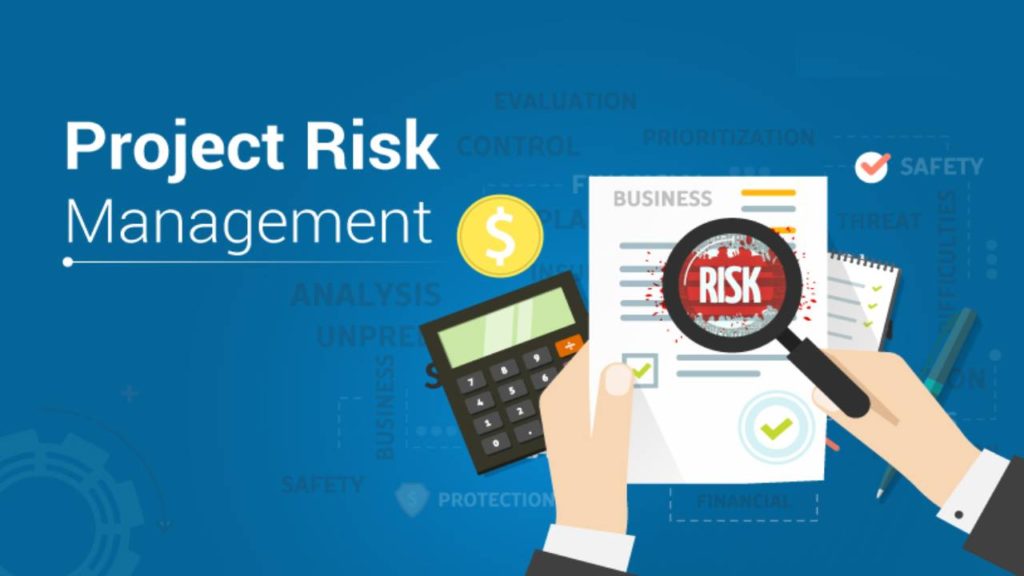Are you prepared to tackle and eliminate possible risks in your project, or are you crossing fingers hoping nothing wrong will happen? If you’re the latter, you’re trending on a dangerous road! Risks are something any project manager and their team should plan on by establishing a reliable risk management system. If you know little about project risk management, we’re willing to fill you in and help you manage possible risks in your current or future projects. Contact us now at (877) 710-7926 to learn more on risk analysis in project management information.
A smart project team should be adequately prepared for the unexpected. That’s why competent project managers always have a strategic risk management plan for every project they run.
What’s an Effective Project Risk Management Plan?
Life is full of surprises and uncertainties. An effective project management access database should provide solutions for unexpected occurrences that might negatively affect your project. These unforeseen risks may be caused by several factors, including people, resources, technology, and even nature. There’s a long list of suspects when assessing sources or causes of possible risks.
A complete project risk management plan should entail the following elements:
- Risk Identification Process
- Risk Examination & Analysis
- Response Plan
- Mitigation Plan
- Surveillance/Monitoring
How to Conduct an Effective Risk Assessment and Execute the Risk Management Plan
How can you identify, handle and manage risk like a pro? Follow these simple steps:
Pin down Possible Risks
Although risk identification in a project is continuous, the earlier is always the better. It’s always important to involve your client and other professional during the potential risks identification process to accommodate a variety of views and experiences. This ensures that all grounds are covered, and about 95% of potential risks are secluded, and measures to counter them are set.
What are the Odds?
After all possible risks are outlined, start sorting them according to their probability of happening. The question to ask is—which risks are likely to happen and when? This will help you focus your resources on alleviating high probability risks. However, don’t make the mistake of assuming that low probability risks can’t occur. Always keep a close eye on the signs and symptoms of all predicted and unpredictable risks.
How bad is the Impact?
All risks negatively impact your project, but the hit intensity from different risks varies. Analyze all potential risks and categorize them under high, medium, or low impact risks, and start handling them with high impact ones first.
Respond to the Risk
Come up with a risk mitigation strategy to treat and possibly prevent the risks beforehand. The mitigation strategy should clearly outline the countermeasures and contingency plans if the risks occur or get out of hand.
Continuous Risk Surveillance/Monitoring
Remember, risks can be unexpected. It’s not a wonder for some low-probability risks to happen faster than high-probability risks or low-impact ones to escalate to high-impact at a rate you never anticipated. Risks are subject to change if conditions change. That’s why seasoned project managers and teams always keep track of all potential risks while continuously evaluating and assessing the project for other possible risks they had not discovered in the beginning.
Take Away!
Failure to plan is planning to fail. In this case, you need to expect the unexpected and make a plan to counter risks that might occur during or after your project completion. If you’re looking to learn more about specific risk management solutions tailored to your project, get in touch with our experts at (877) 710-7926.

